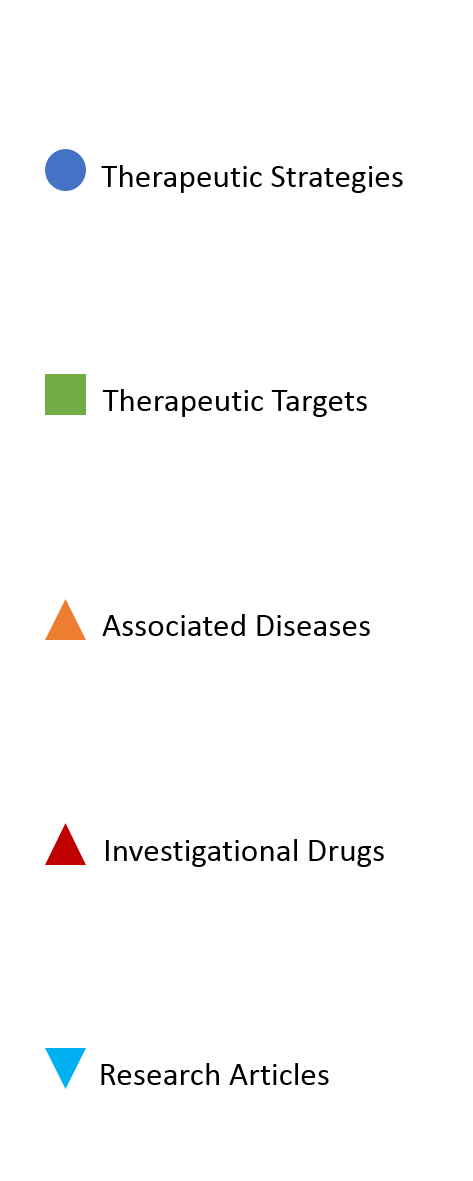Research Article Details
| Article ID: | A15151 |
| PMID: | 29073114 |
| Source: | Proc Natl Acad Sci U S A |
| Title: | Pathogenesis of hypothyroidism-induced NAFLD is driven by intra- and extrahepatic mechanisms. |
| Abstract: | Hypothyroidism, a metabolic disease characterized by low thyroid hormone (TH) and high thyroid-stimulating hormone (TSH) levels in the serum, is strongly associated with nonalcoholic fatty liver disease (NAFLD). Hypothyroidism-induced NAFLD has generally been attributed to reduced TH signaling in the liver with a consequent decrease in lipid utilization. Here, we found that mildly hypothyroid mice develop NAFLD without down-regulation of hepatic TH signaling or decreased hepatic lipid utilization. NAFLD was induced by impaired suppression of adipose tissue lipolysis due to decreased insulin secretion and to a reduced response of adipose tissue itself to insulin. This condition leads to increased shuttling of fatty acids (FAs) to the liver, where they are esterified and accumulated as triglycerides. Lipid accumulation in the liver induces hepatic insulin resistance, which leads to impaired suppression of endogenous glucose production after feeding. Hepatic insulin resistance, synergistically with lowered insulin secretion, increases serum glucose levels, which stimulates de novo lipogenesis (DNL) in the liver. Up-regulation of DNL also contributes to NAFLD. In contrast, severely hypothyroid mice show down-regulation of TH signaling in their livers and profound suppression of adipose tissue lipolysis, which decreases delivery of FAs to the liver. The resulting lack of substrates for triglyceride esterification protects severely hypothyroid mice against NAFLD. Our findings demonstrate that NAFLD occurs when TH levels are mildly reduced, but, paradoxically, not when they are severely reduced. Our results show that the pathogenesis of hypothyroidism-induced NAFLD is both intra- and extrahepatic; they also reveal key metabolic differences between mild and severe hypothyroidism. |
| DOI: | 10.1073/pnas.1707797114 |

| Strategy ID | Therapy Strategy | Synonyms | Therapy Targets | Therapy Drugs | |
|---|---|---|---|---|---|
| S01 | Improve insulin resistance | insulin sensitizer; insulin resistance; glucose tolerance | Biguanide: increases 5-AMP activated protein kinase signaling; SGLT-2 inhibitor; Thiazalidinedione: selective PPAR-γ agonists; GLP-1 agonist | Metformin; Empagliflozin; Canagliflozin; Rosiglitazone; Pioglitazone; Liraglutide | Details |
| S02 | Enhance lipid metabolism | triglyceride-lowering; lipid tolerance; lipid metabolism | 3-hydroxy-3-methylglutaryl coenzyme A (HMG-CoA) inhibitor; Decreases intestinal cholesterol absorption; FXR agonist; ACC inhibitor; FAS inhibitor; DGAT2 inhibitor; SCD-1 inhibitor | Atorvastatin; Ezetimibe; Obeticholic Acid; GS-9674; GS-0976; TVB-2640; IONIS-DGAT2rx; Aramchol; | Details |
| S07 | Anti-lipogenesis | de novo lipogenesis; de novo lipogenesis; DNL; anti-lipogenic mechanisms; adipogenesis; anti-obesity | stearoyl-CoA desaturase 1 (SCD-1); Acetyl-coenzyme carboxylase; acyl-CoA carboxylase inhibitor (ACC inhibitor); stearoyl Coenzyme A desaturase inhibitor (SCD inhibitor); THR-beta selective agonist; DGAT2 inhibitor; FASN inhibitor | Aramchol; Firsocostat (GS-0976); VK-2809; ION 224 | Details |
| Diseases ID | DO ID | Disease Name | Definition | Class | |
|---|---|---|---|---|---|
| I04 | 1459 | Hypothyroidism | A thyroid gland disease which involves an underproduction of thyroid hormone. https://medlineplus.gov/hypothyroidism.html | disease of anatomical entity/ endocrine system disease/ thyroid gland disease | Details |
| I05 | 9352 | Type 2 diabetes mellitus | A diabetes that is characterized by chronic hyperglycaemia with disturbances of carbohydrate, fat and protein metabolism resulting from defects in insulin secretion, insulin action, or both. A diabetes mellitus that is characterized by high blood sugar, insulin resistance, and relative lack of insulin. http://en.wikipedia.org/wiki/Diabetes, http://en.wikipedia.org/wiki/Diabetes_mellitus_type_2 | disease of metabolism/inherited metabolic disorder/ carbohydrate metabolic disorder/glucose metabolism disease/diabetes/ diabetes mellitus | Details |
| I14 | 9970 | Obesity | An overnutrition that is characterized by excess body fat, traditionally defined as an elevated ratio of weight to height (specifically 30 kilograms per meter squared), has_material_basis_in a multifactorial etiology related to excess nutrition intake, decreased caloric utilization, and genetic susceptibility, and possibly medications and certain disorders of metabolism, endocrine function, and mental illness. https://en.wikipedia.org/wiki/Obesity | disease of metabolism/acquired metabolic disease/ nutrition disease/overnutrition | Details |
